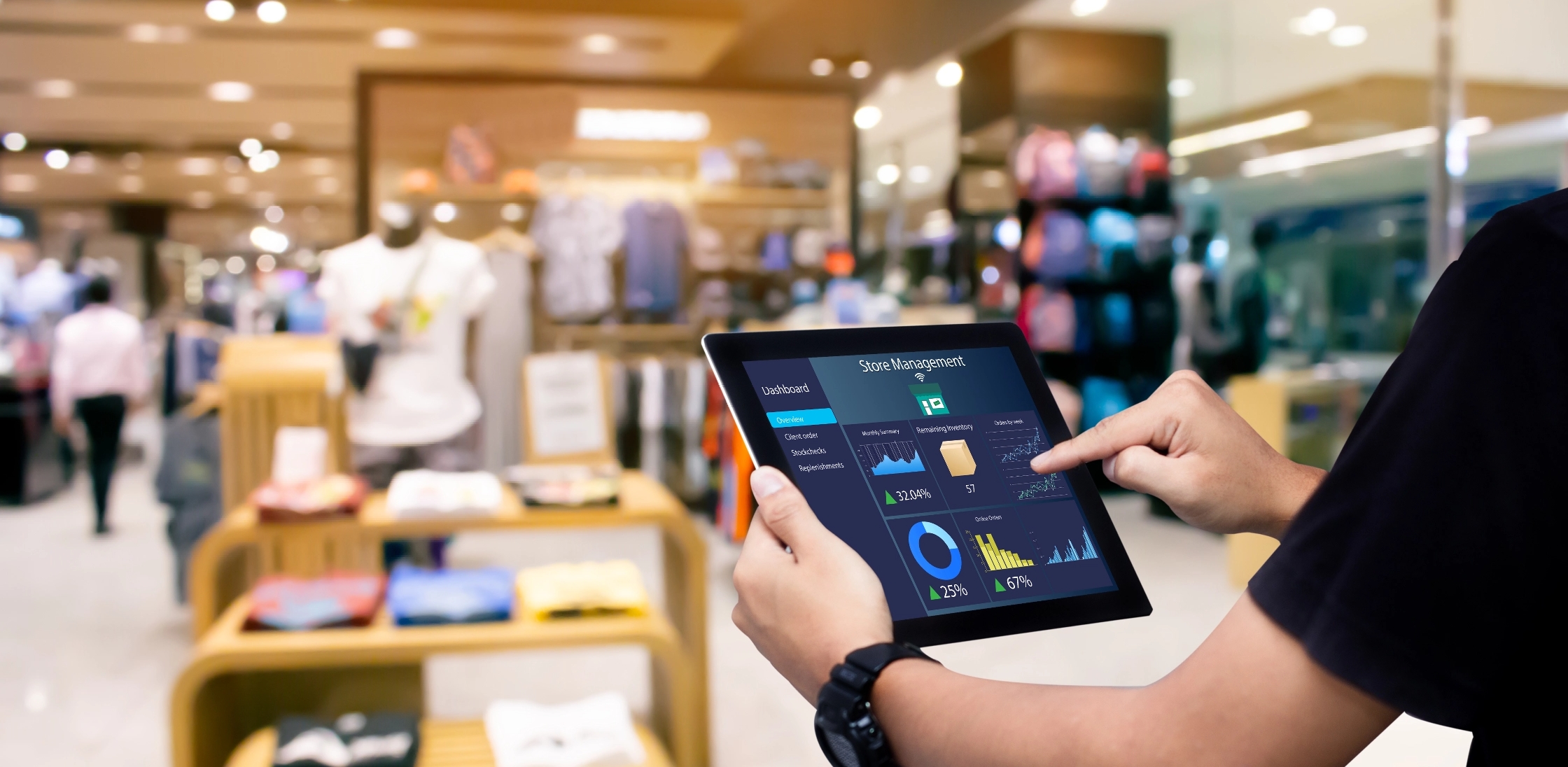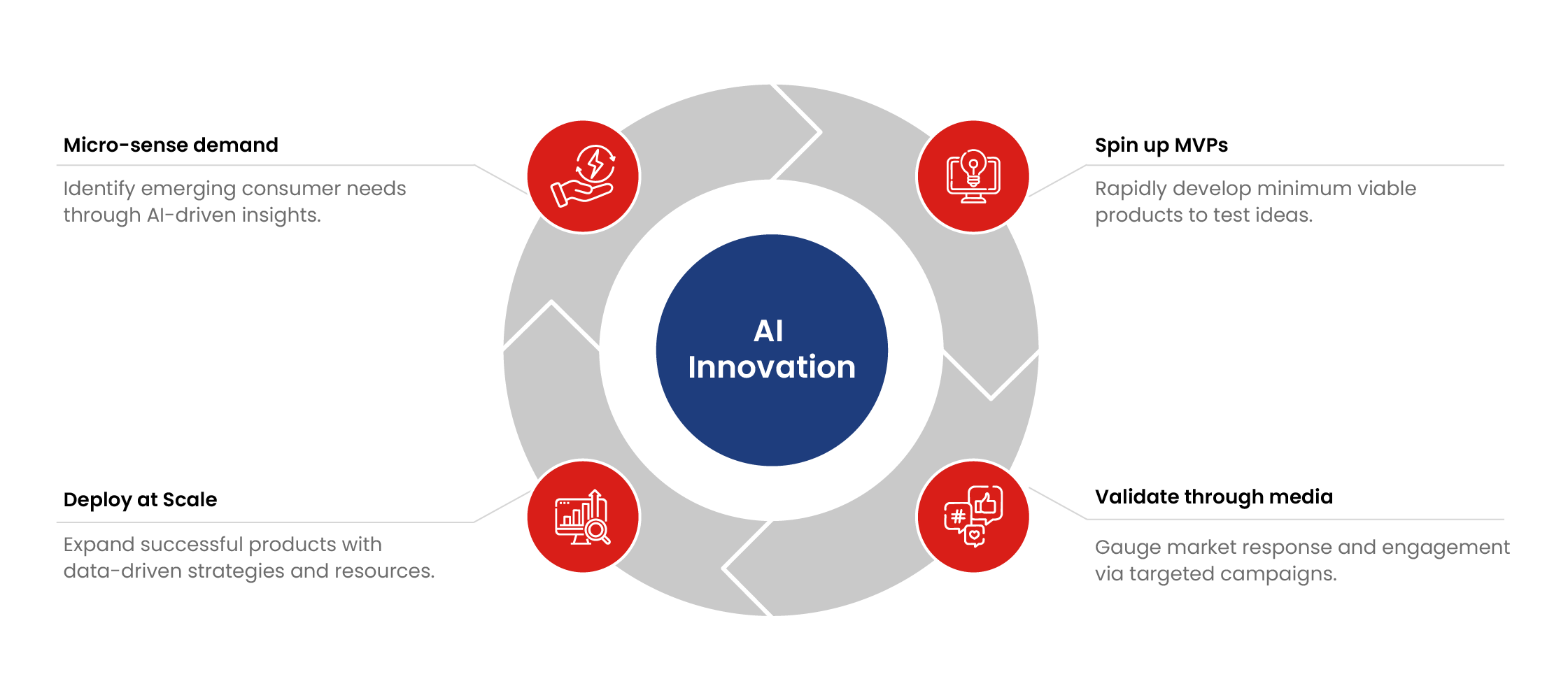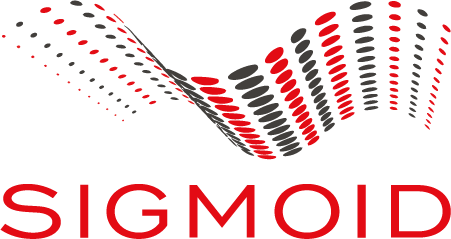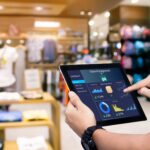The Next CPG Flywheel: AI, Retail Media, and Rapid Innovation
Reading Time: 4 minutes

AI is transforming how CPG companies innovate, advertise, and engage with consumers. In the second episode of Sigmoid’s podcast, Reimagine with AI, the discussion focuses on how the combination of AI, retail media, and rapid product innovation is creating a new growth engine for the industry.
This episode features Bas van Kesteren, General Manager of Opella eCommerce and former global leader at AB InBev, Unilever, and Reckitt. With more than two decades of experience leading digital and data transformations across global CPG companies, Bas explains how AI is automating processes across the CPG value chain and enabling faster, more cost-effective experimentation at scale.
Three key shifts reshaping CPG growth
The CPG landscape is undergoing structural change driven by data-rich retail ecosystems and evolving shopper behavior. Three major shifts are now redefining how CPG leaders plan media, design assortments, and collaborate with retailers.
- Retail Media is the new growth engine: Marketing investments are steadily migrating toward retail media networks. Their closed-loop visibility from exposure to cart to repeat purchase allows precise attribution and measurable ROI. Media effectiveness now depends not only on creative and reach, but on the ability to connect impressions to conversion in real time.
- Product catalogs must evolve for digital journeys: Most product portfolios were designed for physical shelves, not digital feeds. Pack sizes, pricing tiers, and product content often fail to translate to online discovery and replenishment behavior. Future assortment design must integrate insights from dwell times, search trends, and digital shopper journeys.
- Retailers have become data and insight platforms: Retailers today are not just distributors; they are powerful ecosystems of consumer data, media channels, and AI-driven recommendation engines. CPG organizations must strengthen how they use retailer data, build interoperable data partnerships, and create closed loops between signal, shelf, and sale.
Why this matters now
Retail media is accelerating rapidly. As attribution models mature and industry acceptance rises, brands are reallocating budgets toward this high-performing channel, where waiting only amplifies the opportunity cost. At the same time, assortment economics in digital shelves differ fundamentally from traditional retail. Misalignments in pack sizes, pricing, or content can directly erode margins. With AI significantly lowering the cost of action, many use cases that once seemed aspirational are now both feasible and essential to execute.
The role of AI in accelerating CPG transformation
The conversation around AI often begins with generative tools, but the real transformation lies in reducing the effort required to act on insights. Many high-value models, such as demand forecasting, price elasticity, and recommendation systems, are not new, but what has changed is the ease and speed with which AI can deploy them across functions.
In the CPG industry, AI accelerates product development and market responsiveness. By sensing emerging consumer needs in real time, AI enables brands to rapidly prototype MVPs, test them through media insights, and quickly scale proven concepts. This continuous feedback loop reduces time-to-market, minimizes risk, and empowers CPG companies to stay ahead of shifting consumer trends.

Fig. AI-powered CPG flywheel
Building the operating system for AI-led growth
To translate AI potential into measurable outcomes, CPG enterprises need a structured operating system that connects data, governance, and talent.
- Establish a unified data backbone
CPG companies must avoid deploying AI tools in isolation. Instead, they should create a unified data foundation that powers every downstream AI application such as media optimization, assortment planning, content generation, and pricing. - Enforce a 70-20-10 portfolio discipline
Sustainable innovation requires a deliberate allocation of effort.- 70% focus on operational excellence, the proven engines that fund growth.
- 20% advance near-ready innovations for rapid scaling.
- 10% remains experimental, testing new technologies and business models.
- Redefine talent and partner archetypes
AI-driven enterprises need both optimizers, who excel at scale and governance, and creators, who thrive in ambiguity and discovery. Pairing these archetypes with agile partners for innovation and reliable vendors for execution enables flexibility without losing consistency.
Leadership priorities for the AI-first CPG enterprise
As CPG organizations prepare for an AI-first future, leadership focus must shift from exploration to execution. Building readiness now will determine which companies convert AI potential into measurable commercial impact.
- Evaluate the growth flywheel
Identify high-value demand spaces and map key signals such as search intent, product page engagement, and social momentum. Assess how rapidly new propositions, packs, bundles, or promotions can be tested and validated through connected media and shelf data. - Build the core data foundation
Create a unified data layer that connects product, shopper, media exposure, inventory, and sales outcomes. Begin with the most critical pipelines, ensure interoperability, and expand progressively to enable AI applications across the value chain. - Validate incrementality where it matters
Select a priority retailer and brand to run controlled attribution pilots using retail media and marketing mix data. Quantify lift, shift budgets toward proven performance, and institutionalize a data-driven learning loop across categories. - Redesign the digital product catalog
Focus on the SKUs driving the majority of online growth. Reimagine packaging, pricing, and content for digital-first journeys—optimizing for trial, repeat, and conversion on mobile and retail platforms. - Activate the innovation portfolio
Define a clear set of experimental initiatives, assign accountable cross-functional teams, and set performance criteria for scaling. Encourage creativity but ground all innovation in business outcomes and operational feasibility.
Conclusion
The wave of CPG growth will be built on disciplined innovation loops powered by AI. Competitive advantage will accrue to brands that pre-wire their data foundations, enforce portfolio discipline, and convert media signals into a continuous sensing system for innovation.
AI removes friction, but leadership, structure, and consistency determine who compounds advantage. In CPG, the winners will not merely follow demand; they will anticipate and orchestrate it through intelligent, agentic systems.
Featured blogs
Talk to our experts
Get the best ROI with Sigmoid’s services in data engineering and AI




